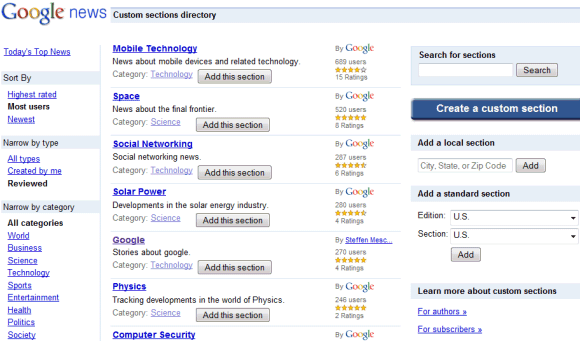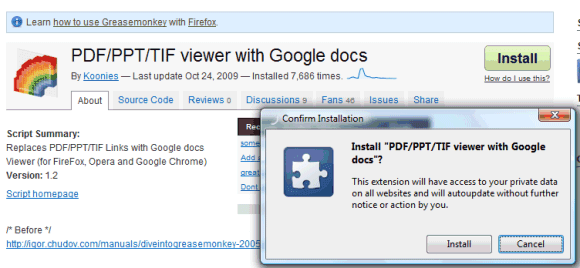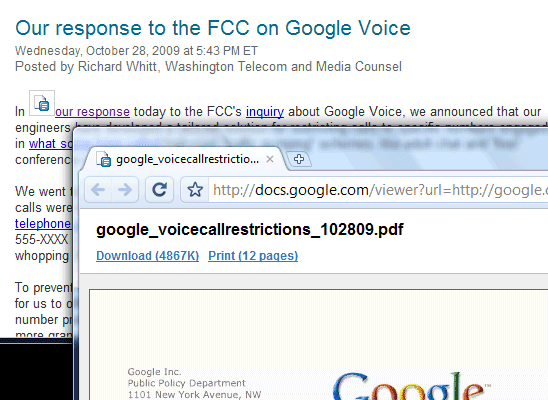
Google received many complaints that Google Toolbar is not available for Chrome, so it created
a page meant to convince users that "many Toolbar features are already built right into Google Chrome".
The page explains that Google Chrome already includes a search box, a pop-up blocker, a new tab page, a spell checker and it offers a list of bookmarklets that let you create bookmarks, translate web pages or view Sidewiki annotations. Some of the explanations are plain wrong:
"Like Toolbar's 'AutoFill' button, Google Chrome shows you text you've previously entered on websites, to save you time and typing."
Obviosly,
Google Toolbar's autofill feature doesn't have anything in common in
Google Chrome's autofill, other than the name. Like most browsers, Google Chrome auto-populates the text field with information you've entered when you visited the same pages before. Google Toolbar lets you save personal information (name, email, address, credit card information) and complete web forms with one click.
"Google Chrome's built-in spell-checker, similar to Toolbar's 'Spell check' button, automatically checks your spelling whenever you fill out a web form."
That's true, but Google Toolbar uses an online service for spell-checking and the results are much better. Try typing "Engsh" in Chrome and you'll see that the suggestions are "Eng sh" and "Eng-sh", which Google Toolbar's first suggestion is "English".
"The find bar feature in Google Chrome works like the Toolbar 'Word find' button. Matches to your search term are automatically highlighted on the page. Plus, you can use the yellow markers on the scrollbar to quickly see where all the matches are located on the page."
Google Chrome's find bar doesn't work like the Toolbar's highlighting feature: the keywords don't show up automatically when you perform a search and you can't find the occurrences of the individual keywords.
I think it's a bad idea to claim that Google Chrome has many features from Google Toolbar and to list some features that are available in many browsers, including Internet Explorer.
The reason why Google Toolbar is not available for Google Chrome is that Google's browser doesn't have an extension API, at least not in the stable builds.
The extension API is still a work in progress.
"We're working with the Google Chrome team to develop a Toolbar extension, as well as bring some of our most popular features to Google Chrome," says
Brian Rose, who works on the Google Toolbar team.















